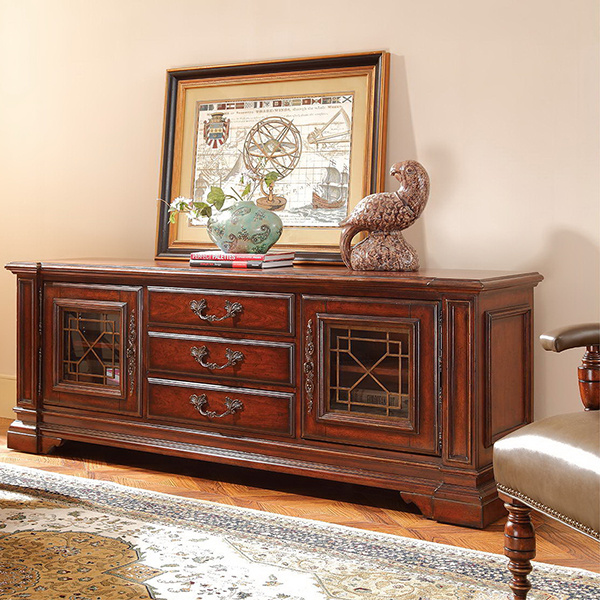Aluminum Alloy Characteristics and material types
ALUMINUM DIE CASTING METALS
Aluminum castings are lightweight and able to withstand the highest operating temperatures of all die cast alloys.
Aluminum Alloy Characteristics:
• High operating temperatures
• Outstanding corrosion resistance
• Lightweight
• Very good strength and hardness
• Good stiffness and strength-to-weight ratio
• Excellent EMI and RFI shielding properties
• Excellent thermal conductivity
• High electrical conductivity
• Good finishing characteristics
• Full recyclability
Aluminum’s strength, corrosion resistance, and heat dissipating properties offer mechanical designers significant advantages. And our proprietary Thin Wall Aluminum Technology has made aluminum die casting an option for even more applications.
Advantages of Aluminum Die Casting
One of the most significant benefits of aluminum die casting is that it creates lighter parts—with more surface finishing options than other die cast alloys. Aluminum can also withstand the highest operating temperatures of all the die cast alloys. Moreover, cast aluminum is versatile, corrosion resistant; it retains high dimensional stability with thin walls and can be used in almost any industry.
Aluminum Die Casting Applications:
• Aluminum castings improve automotive fuel efficiency by contributing to weight saving requirements
• Aluminum is used in a broad range of networking and infrastructure equipment in the telecom and computing industries because RF filter boxes and housings require heat dissipation
• In handheld devices, aluminum castings provide EMI/RFI shielding, rigidity, and durability with minimal weight
• Because of aluminum’s excellent electrical performance and shielding properties, even in high-temperature environments, die cast aluminum is ideal for electronic connectors and housings
ALUMINUM ALLOY A380
Aluminum Die Casting Alloy
A380 is one of the most commonly specified aluminum alloys with a number of significant benefits:
• It offers the best combination of casting, mechanical, and thermal properties
• It exhibits excellent fluidity, pressure tightness, and resistance to hot cracking
• It is used for a wide variety of products including chassis for electronic equipment, engine brackets, gearbox cases, household furniture, power, and hand tools
Advantages of Aluminum Die Casting
Aluminum has the ability to create lighter parts with more surface finishing options than other die cast alloys. Aluminum can also withstand the highest operating temperatures of all the die cast alloys. Moreover, cast aluminum is versatile, corrosion resistant; it retains high dimensional stability with thin walls, and can be used in almost any industry.
ALUMINUM ALLOY 383 (ADC12)
If your component is highly intricate, 383——is often used as an alternative to A380.
It has better corrosion resistances, is lightweight, and its benefits include ease of casting, good mechanical properties, and dimensional stability.
B390
B390 is an aluminum alloy with high hardness and good wear resistance. This alloy is suitable for many applications including internal combustion engine pistons and cylinder bodies for compressors and brakes.
A413
A413 is an aluminum alloy with excellent pressure tightness. This makes it a good choice for hydraulic cylinders. The castability of this aluminum alloy makes it a great choice for die casting intricate components.
413
413 has many benefits:
• It offers a good combination of casting, mechanical, and thermal properties
• It exhibits excellent fluidity, pressure tightness, and resistance to hot cracking
• It is used for a wide variety of products
K-ALLOY
K-Alloy has many benefits:
• Excellent corrosion resistance
• Improved cooling due to better thermal conductivity
• Eliminates the need for pre and post operations like anodizing and painting
A360
A360 is an aluminum alloy with excellent pressure tightness and fluidity. It has a high silicon content and offers high corrision resistance as well as high strength, even in elevated temperatures.
